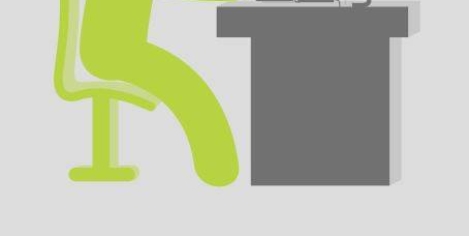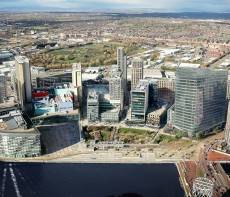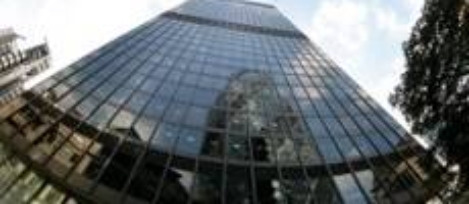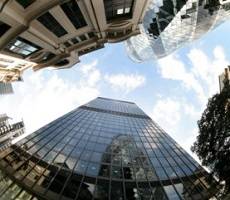June 17, 2016
Younger and older workers share many of the same attitudes to the workplace 0
 The behaviour and attitudes of young people in the workplace are very similar to those of older generations. We keep repeating this point but it’s always worth reminding ourselves given the prevailing narratives that obscure this truth. Indeed, so powerful is the narrative that even when a piece of research or a survey contradicts it, there is often an attempt to ignore the report’s own finding’s in favour of something that fits the meme. This happens more often than you think which is why it’s always worth going beyond the headlines to look at what lies beneath. This week, two reports have appeared which highlight just how much a younger generation of workers shares the same attitudes and challenges as other generations. According to the reports, this is true for issues such as presenteeism and the need for the company of colleagues and so suggest we don’t need to treat different age groups quite so differently as is often claimed.
The behaviour and attitudes of young people in the workplace are very similar to those of older generations. We keep repeating this point but it’s always worth reminding ourselves given the prevailing narratives that obscure this truth. Indeed, so powerful is the narrative that even when a piece of research or a survey contradicts it, there is often an attempt to ignore the report’s own finding’s in favour of something that fits the meme. This happens more often than you think which is why it’s always worth going beyond the headlines to look at what lies beneath. This week, two reports have appeared which highlight just how much a younger generation of workers shares the same attitudes and challenges as other generations. According to the reports, this is true for issues such as presenteeism and the need for the company of colleagues and so suggest we don’t need to treat different age groups quite so differently as is often claimed.


































June 14, 2016
Winning over employees during the great Summer of sport 0
by Jamie Mackenzie • Comment, Flexible working, Workplace
(more…)